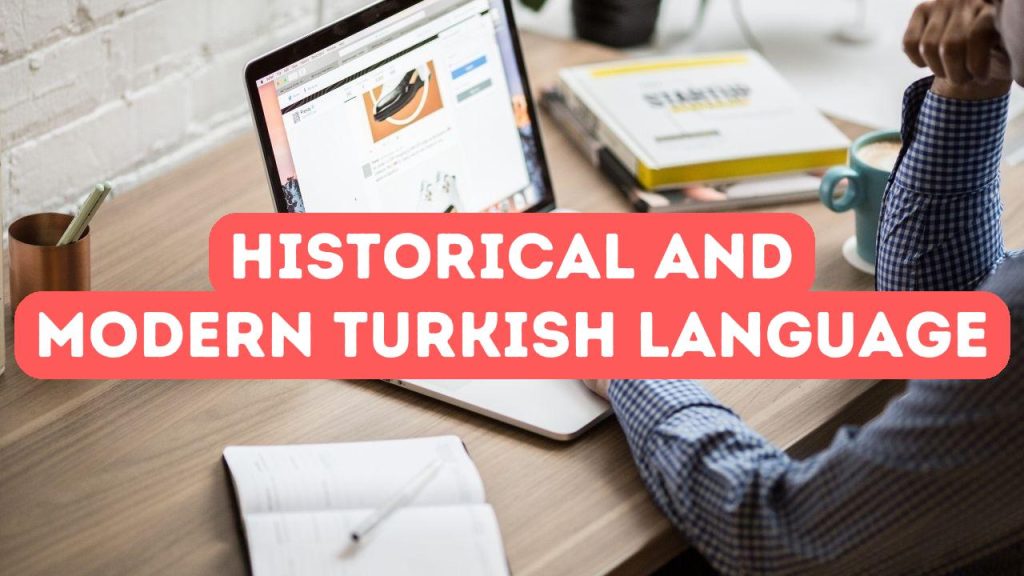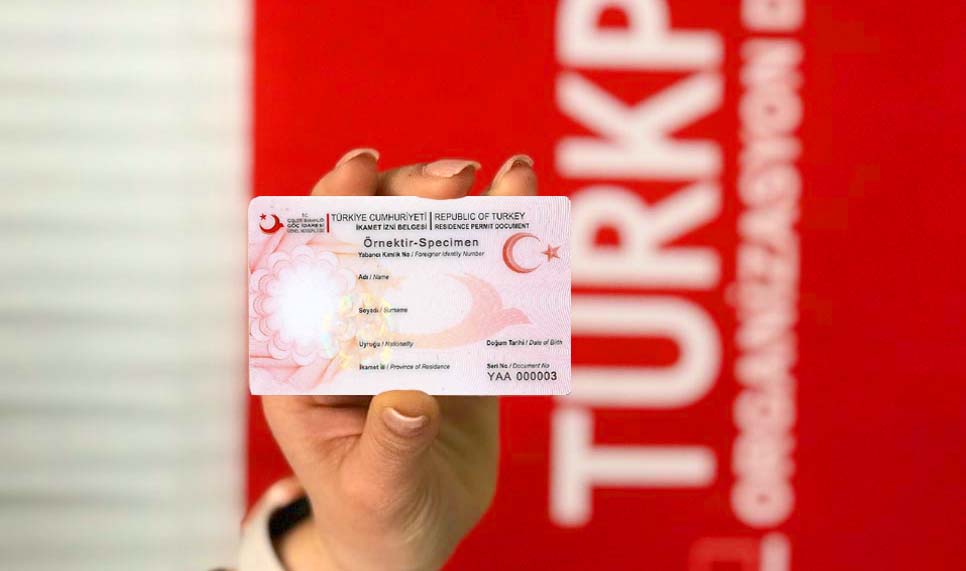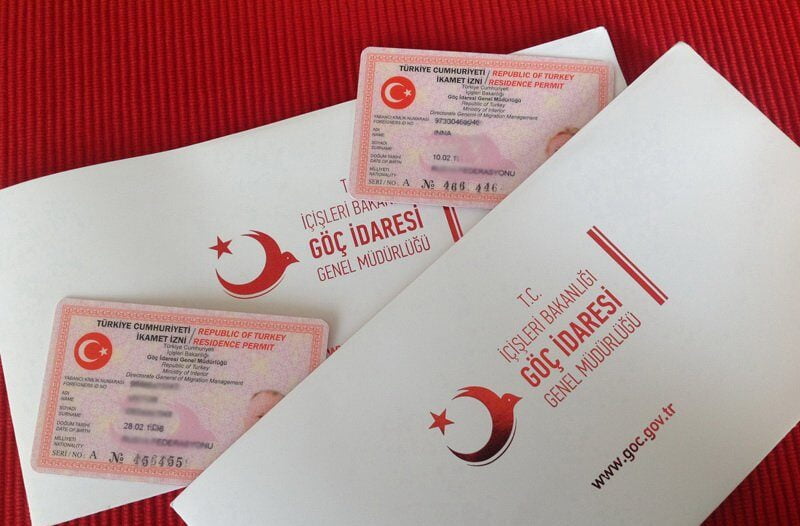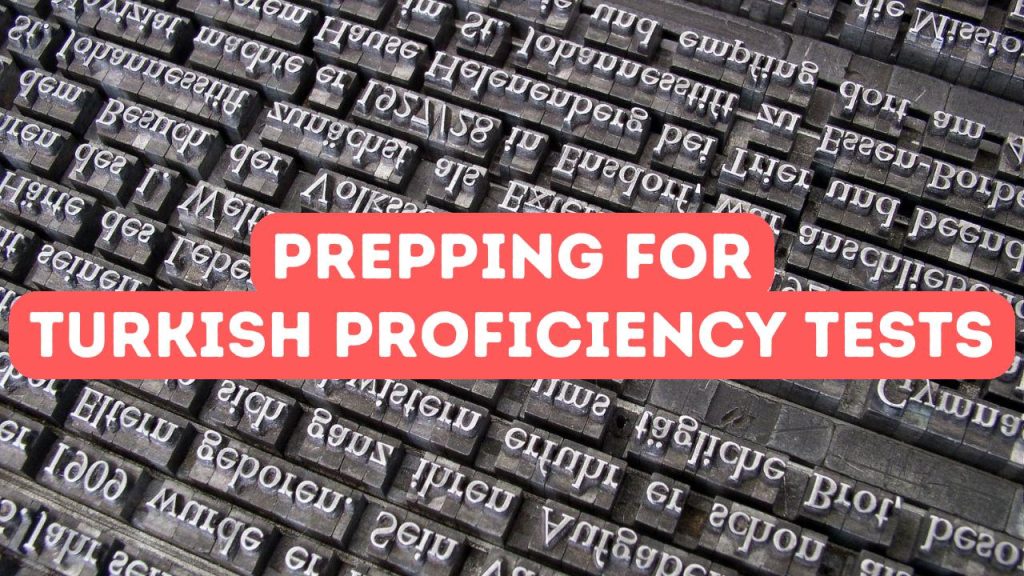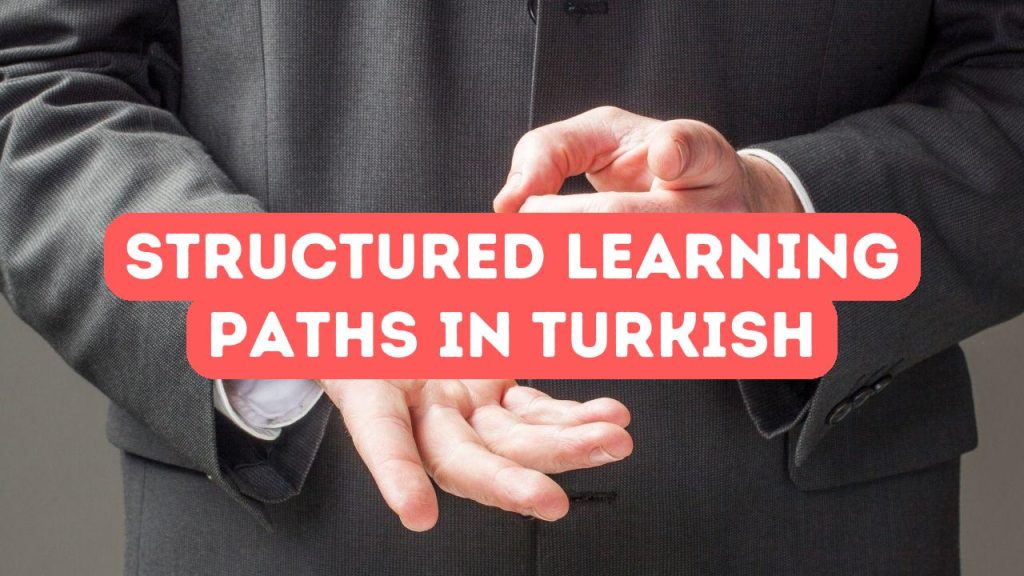Tracing Turkic Roots: Ancient Lineages and Linguistic Crossroads
The roots of the Turkish language stretch back to the Altai Mountains and the nomadic tribes of Central Asia, from whence the early Turkic language branched out as these ancient people traversed vast distances. As Turks migrated, established trade routes, and conquered lands, their language inevitably absorbed elements from neighboring cultures, becoming a linguistic crossroads—flexible and adaptive. This period of linguistic evolution set the foundation for the multitude of Turkic dialects, which later coalesced into the Ottoman Turkish—the precursor to the modern Turkish spoken today. Ancient Turkish inscriptions, like the Orkhon inscriptions dating back to the 7th century, provide crucial insights into the language’s earliest forms, displaying its unique runic-like script. This ancient Turkic script encapsulates the beginnings of what would morph through the centuries, becoming an integral identifier of Turkic identity and heritage across the Eurasian expanse.
Cross-pollination with Arabic and Persian vocabulary and grammar structures greatly enriched Ottoman Turkish during the Seljuk and Ottoman empires. As Islam rose in prominence with the Seljuks and later the Ottomans, the Turkish language embraced the Arabic script and a substantial lexicon of Arabic and Persian origins, embedding complex layers of linguistic nuance. This led to a highly stylized form of expression, with poetry and literature flourishing under elite patronage. Ottoman Turkish became a language of administration and high culture, contrasting with the vernacular spoken by the common people. The division between the ‘Ottoman’ used in formal contexts and the ‘folk’ Turkish spoken in daily life underlined the social stratifications of the time, as well as delineating literary and cultural boundaries within the expansive empire.
The Turkish language’s evolutionary leap in the 20th century under Mustafa Kemal Atatürk was as much about modernization as it was about identity reformation. The adoption of the Latin alphabet and the purging of extensive Arabic and Persian borrowings were radical steps to unify and standardize the language, making it more accessible to the Turkish populace. These language reforms, alongside the promotion of public education, sowed the seeds for a nationalistic fervor, as linguistic homogeneity became synonymous with the modern Turkish nation-state. Atatürk’s vision of linguistic nationalism not only democratized knowledge and literacy but irrevocably steered Turkish language development into a new era, stripping away centuries of accumulated influences to fortify a unique Turkish cultural and linguistic identity for the generations to come.
The Impact of Ottoman and Anatolian Influences on Turkish
The Ottoman Empire’s six-century reign profoundly molded the Turkish language, embedding it with Persian and Arabic lexicon and syntax due to the administrative reach and the scholarly, literary, and religious prominence of these languages within the empire. The blending of Turkish with these elements crafted an Ottoman Turkish—a variant rich in borrowed vocabulary and expression—emphasized in elite discourse and literature. Simultaneously, the vernacular Turkish spoken by the common people remained infused with native Anatolian influences, preserving a linguistic continuity that was less formal but more reflective of everyday life. This dichotomy between the refined Ottoman Turkish and the vernacular language of Anatolia set the stage for a language evolution that would later seek to merge these disparate strands into a cohesive linguistic identity.
As the Ottoman Empire reached the zenith of its power, the Turkish language experienced a cultural renaissance, wherein the arts, literature, and architecture flourished, further cementing the impact of Persian and Arabic elements. Elite circles celebrated a language peppered with ornate expressions and idioms, while the rustic speech of the peasants continued to be shaped by the ancient Turkic roots and the daily realities of agrarian life in Anatolia. This period witnessed an expansion of Turkish vocabulary and a sophistication of linguistic styles, resulting in a nuanced language that could convey the subtleties of court diplomacy as adeptly as it could the simplicity of rural tales. The linguistic tapestry woven during these centuries would later confront the impetus for purification and simplification, foreshadowing the taut tug-of-war between linguistic preservation and reform.
Despite the grandeur of Ottoman Turkish, the 20th century brought sweeping changes, ushering in a wave of nationalistic fervor aimed at purifying the Turkish language as part of the broader project of modernization. The Language Association (Türk Dil Kurumu), established in 1932, championed the removal of the heavily Persian and Arabic-influenced vocabulary, striving to resurrect the pre-Ottoman purity of the language with a focus on Turkic roots and structures. This purist movement, also known as the language revolution, went hand in hand with Atatürk’s Latin alphabet reform, radically transforming written Turkish and making it more accessible to the general population. As a result, modern Turkish, with its streamlined grammar and enriched native lexicon, serves as a bridge between the nation’s Ottoman past and its contemporary identity, encapsulating centuries of Anatolian heritage and the steady rhythm of change in its syntax and semantics.
Contemporary Turkish: Balancing Tradition and Global Communication
In the age of globalization, the Turkish language treads a fine line between embracing modernity and preserving its illustrious heritage. As Turkey positions itself as a fulcrum between East and West, Turkish speakers are increasingly exposed to global cultural currents, catalyzing a new wave of linguistic borrowing, primarily from English. This phenomenon has given rise to a hybrid vernacular teeming with anglicized terminology in domains such as technology, finance, and popular culture. Yet, despite this influx of foreign words, there is a palpable resurgence of interest in the language’s pre-reform roots—words and expressions that once faced obsolescence due to past language purism are being rediscovered and reintegrated. As a result, contemporary Turkish is a vibrant tapestry of innovation and tradition, mirroring the nation’s unique blend of historical influences and its aspirations for the future.
Amidst this balancing act, the Turkish Language Association (TDK) plays a pivotal role in steering the language’s evolution by coining new Turkish equivalents for foreign terms, aiming to preserve the language’s purity and functionality. Although some of these neologisms gain widespread acceptance, others struggle to displace the entrenched foreign words commonly used by the public. This tug-of-war reflects a broader cultural debate over identity: one that weighs the merits of linguistic conservatism against the practical exigencies of international discourse. As younger generations grow more digitally connected and globally minded, the use of English loanwords sometimes conveys sophistication or technological savviness, unwittingly relegating some traditional expressions to the realm of the nostalgic or the provincial. In this way, modern usage of Turkish continues to be shaped by the societal values and communicative needs of its speakers.
Thus, as the Turkish language forges ahead in the 21st century, it encapsulates the nation’s ongoing odyssey toward modernization while negotiating its cultural authenticity. The proliferation of digital platforms has not only accelerated the dispersion of new jargon but also facilitated an unprecedented democratization of language evolution, where everyday speakers wield influence over linguistic trends. This dynamic landscape challenges the traditional gatekeepers of the language and invites a more organic growth that echoes the collective voice of Turkey’s people. In their daily discourse, Turks are writing the next chapter of their linguistic heritage, one that promises to be as diverse and complex as their storied past.

